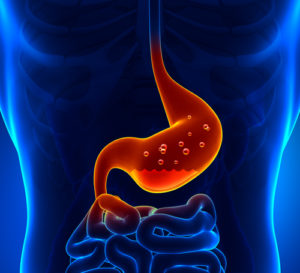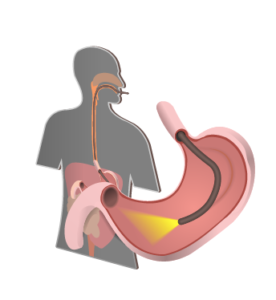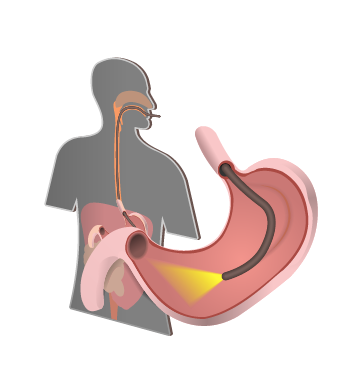 As we reviewed last week, Eosinophilic refers to the kind of inflammatory cell found in the esophagus in patients with this condition. The presence of this cell is one of the definitive features of this condition.
As we reviewed last week, Eosinophilic refers to the kind of inflammatory cell found in the esophagus in patients with this condition. The presence of this cell is one of the definitive features of this condition.
For as much trouble as the symptoms of Eosinophilic Esophagitis cause, it only takes a quick, 10 minute procedure to diagnose. An upper intestinal endoscopy provides visual findings, as well as specimen to examine under a microscope, looking specifically at eosinophilic inflammatory cells.
Once a diagnosis is confirmed and the news is shared with the family of the patient, a personalized treatment plan can be determined, as the diagnosis itself doesn’t dictate treatment, due to options within the field of treatment.
 While the presence and identification of genetic markers is still being researched, it is common for this condition to run in families. In fact, many pediatric patients diagnosed with this condition have parents that have been living with undiagnosed Eosinophilic Esophagitis, and wouldn’t have known otherwise.
While the presence and identification of genetic markers is still being researched, it is common for this condition to run in families. In fact, many pediatric patients diagnosed with this condition have parents that have been living with undiagnosed Eosinophilic Esophagitis, and wouldn’t have known otherwise.
Unfortunately, there is a very long list of conditions that mimic Eosinophilic Esophagitis. Additionally, this condition can often be found after a patient previously diagnosed with acid reflux responds poorly to treatment for such. If you believe your child may be exhibiting symptoms of this condition, contact Colorado Pediatric Gastroenterology today.





Leave A Comment